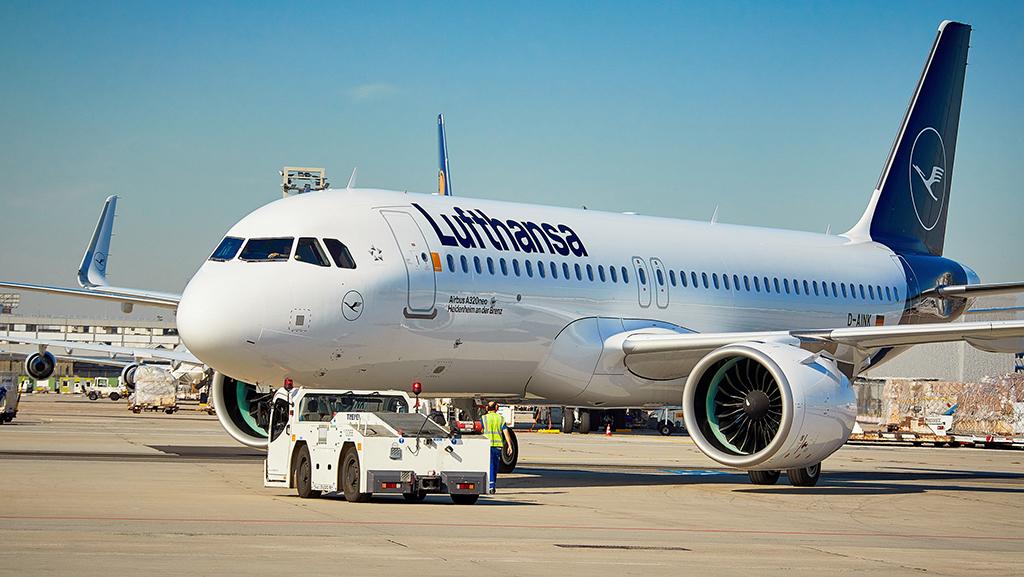ANALYSIS: Government Pandemic Aid For Airlines Will Have A Long Tail

The novel coronavirus pandemic would surely have led to many more airline bankruptcies had it not been for the massive financial support by governments. According to IATA, airlines have received around $200 billion in various forms of state aid since the outbreak of the crisis a year ago. And IATA director general and CEO Alexandre de Juniac estimates another $80 billion will be needed to stabilize the industry until recovery begins in earnest and cash-flows turn positive again.
Many, though certainly not all, governments seem willing to extend more support to the airlines this year because they consider aviation a key part of their economic infrastructures. The American Rescue Plan Act of 2021, signed into law in March, provides $15 billion in payroll support aid for US airlines and aviation manufacturers, and $15 billion in aid for airports.
But in Europe, in particular, where labor and environmental concerns are key topics on political agendas, the financial support comes with a price tag. After a long trend of governments extricating themselves from airline ownership and control in many parts of the world, COVID-19 has caused a move in the opposite direction. As part of the financing deals, governments have in some cases reinstated or increased their investment in their airlines. And in many cases, governments have imposed tight conditions on airlines receiving wage subsidies in line with political targets.
Their increased role and financial involvement also raise the question of unfair (government-subsidized) competition. Until recently, European and North American airlines fought lobbying campaigns against state support for the three Gulf carriers. Now they are operating on the basis of having received billions in loans and grants. In the Americas, US airlines that have been well supported compete with carriers in Canada and Latin America, where financial support has been relatively small or nonexistent.
In Europe, the help varies greatly by country and consists of airline specific measures as well as general economic stimulus packages and short-time work arrangements. Ultra-LCCs Ryanair and Wizz Air have criticized what they perceive as skewed competitive conditions, though their legacy rivals argue that LCCs have also had access to state support in various forms.
In the case of Air France-KLM, the pandemic has given the two main shareholders in one of Europe’s biggest airline groups a greater say on strategy than they had before. When France and the Netherlands first provided financial support in 2020, each country also took the opportunity to impose sustainability conditions on the financing package. For Air France, which received a €7 billion ($8.4 billion), that meant meeting a demand to cut overall CO2 emissions by passenger kilometer by 50% by 2030 compared with 2005 levels. As part of that, Air France will have to reduce CO2 emissions from flights within metropolitan France by 50% by the end of 2024, which requires drastically cutting internal routes where a rail alternative of under two-and-a-half hours exists.
In Germany, the federal government has become Lufthansa’s largest single shareholder, now controlling 20% of its shares. It is also represented on the company’s board of directors by two experts proposed by management. There can be no bonus or dividend payments until Lufthansa has paid back the €9 billion ($10.8 billion), which includes assistance from the governments of Austria, Switzerland and Belgium, where the group has major subsidiaries.
The Lufthansa example shows that government action can influence industry structure: One of the conditions was that the airline would not use the money to become active in acquisitions.
Ultimately, those types of conditions could lead to a slowing of industry consolidation, although in some cases the pandemic crisis appears to be accelerating mergers and acquisitions.
British Airways parent International Airlines Group (IAG), for example, managed to halve the price it is paying for Spanish carrier Air Europa and delay payment by six years because of the changed market environment.
Another major takeover that might not have occurred without the crisis is that of Korean Air’s proposed acquisition of Asiana Airlines, which was in financial difficultly before the pandemic. Government support for a merger of Korea’s two largest carriers, both based in Seoul, would have been unlikely in 2019; now a state-backed bank is providing some funding for the deal.
The Hong Kong government, meanwhile, has taken a minority ownership stake in Cathay Pacific as part of a refinancing package agreed to last year. This allows the government to appoint two observers to the board, although the government has said this is only to protect the public investment and it intends to divest the stake in three to five years.
The US aid, while not involving government stakes, comes with significant strings. Carriers have had to commit to not furloughing employees (the Rescue Act extends this condition through September), along with limits on stock buybacks, dividends, executive compensation and minimum service levels. Additionally, airlines must issue the Treasury Department warrants that can be redeemed in the future for shares or cash. However, as the warrants become exercisable over the next decade, most analysts expect the Treasury will convert them to cash, as opposed to becoming a minority shareholder in the country’s airlines.




